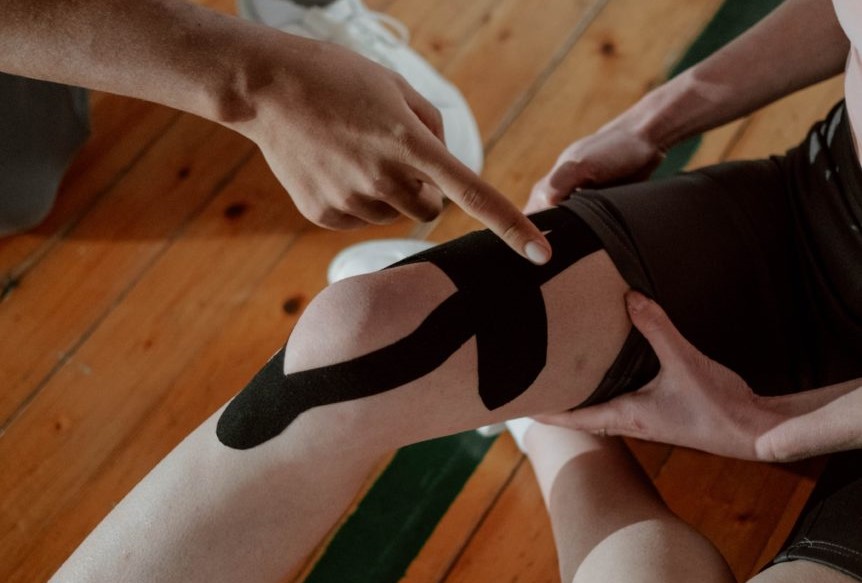Chia et al. – Sports Medicine (2022) 52:2447–2467
Abstract
Background Not all anterior cruciate ligament (ACL) injuries are preventable. While some ACL injuries are unavoidable such as those resulting from a tackle, others that occur in non-contact situations like twisting and turning in the absence of external contact might be more preventable. Because ACL injuries commonly occur in team ball-sports that involve jumping, landing and cutting manoeuvres, accurate information about the epidemiology of non-contact ACL injuries in these sports is needed to quantify their extent and burden to guide resource allocation for risk-reduction efforts.
Objective To synthesize the evidence on the incidence and proportion of non-contact to total ACL injuries by sex, age, sport, participation level and exposure type in team ball-sports.
Methods Six databases (MEDLINE, EMBASE, Web of Science, CINAHL, Scopus and SPORTDiscus) were searched from inception to July 2021. Cohort studies of team ball-sports reporting number of knee injuries as a function of exposure and injury mechanism were included.
Results Forty-five studies covering 13 team ball-sports were included. The overall proportion of non-contact to total ACL injuries was 55% (95% CI 48–62, I2 = 82%; females: 63%, 95% CI 53–71, I2 = 84%; males: 50%, 95% CI 42–58, I2 = 86%). The overall incidence of non-contact ACL injuries was 0.07 per 1000 player-hours (95% CI 0.05–0.10, I2 = 77%), and 0.05 per 1000 player-exposures (95% CI 0.03–0.07, I2 = 97%). Injury incidence was higher in female athletes (0.14 per 1000 player- hours, 95% CI 0.10–0.19, I2 = 40%) than male athletes (0.05 per 1000 player-hours, 95% CI 0.03–0.07, I2 = 48%), and this difference was significant. Injury incidence during competition was higher (0.48 per 1000 player-hours, 95% CI 0.32–0.72, I2 = 77%; 0.32 per 1000 player-exposures, 95% CI 0.15–0.70, I2 = 96%) than during training (0.04 per 1000 player-hours, 95% CI 0.02–0.07, I2 = 63%; 0.02 per 1000 player-exposures, 95% CI 0.01–0.05, I2 = 86%) and these differences were significant. Heterogeneity across studies was generally high.
Conclusion This study quantifies several key epidemiological findings for ACL injuries in team ball-sports. Non-contact ACL injuries represented over half of all ACL injuries sustained. The proportion of non-contact to total ACL injuries and injury incidence were higher in female than in male athletes. Injuries mostly occurred in competition settings.

